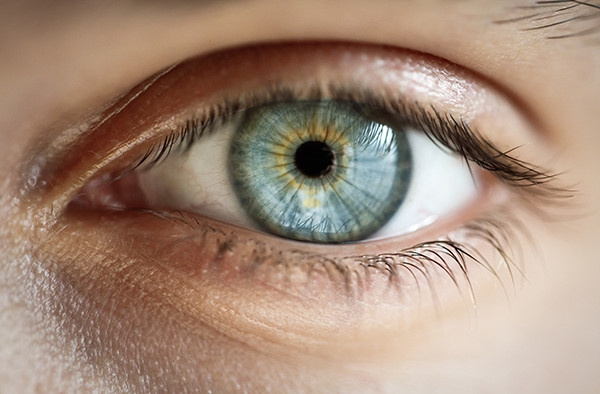A team of researchers has developed a tool that automatically identifies deepfake photos by analysing light reflections in the eyes.
The tool proved 94 per cent effective in experiments described in a paper accepted at the IEEE International Conference on Acoustics, Speech and Signal Processing.
"The cornea is almost like a perfect semisphere and is very reflective," said the lead author, Siwei Lyu from University at Buffalo.
"So, anything that is coming to the eye with a light emitting from those sources will have an image on the cornea. The two eyes should have very similar reflective patterns because they're seeing the same thing. It's something that we typically don't typically notice when we look at a face," Lyu, added.
For the study, the research team obtained real images from Flickr Faces-HQ, as well as fake images from a repository of AI-generated faces that look lifelike but are indeed fake.
All images were portrait-like (real people and fake people looking directly into the camera with good lighting) and 1,024 by 1,024 pixels.
The tool works by mapping out each face. It then examines the eyes, followed by the eyeballs and lastly the light reflected in each eyeball.
It compares in incredible detail potential differences in shape, light intensity and other features of the reflected light, the team said.
While promising, the technique has limitations. For one, you need a reflected source of light. Also, mismatched light reflections of the eyes can be fixed during editing of the image, the team said.
Additionally, the technique looks only at the individual pixels reflected in the eyes – not the shape of the eye, the shapes within the eyes, or the nature of what's reflected in the eyes, they added.
(IANS)




















